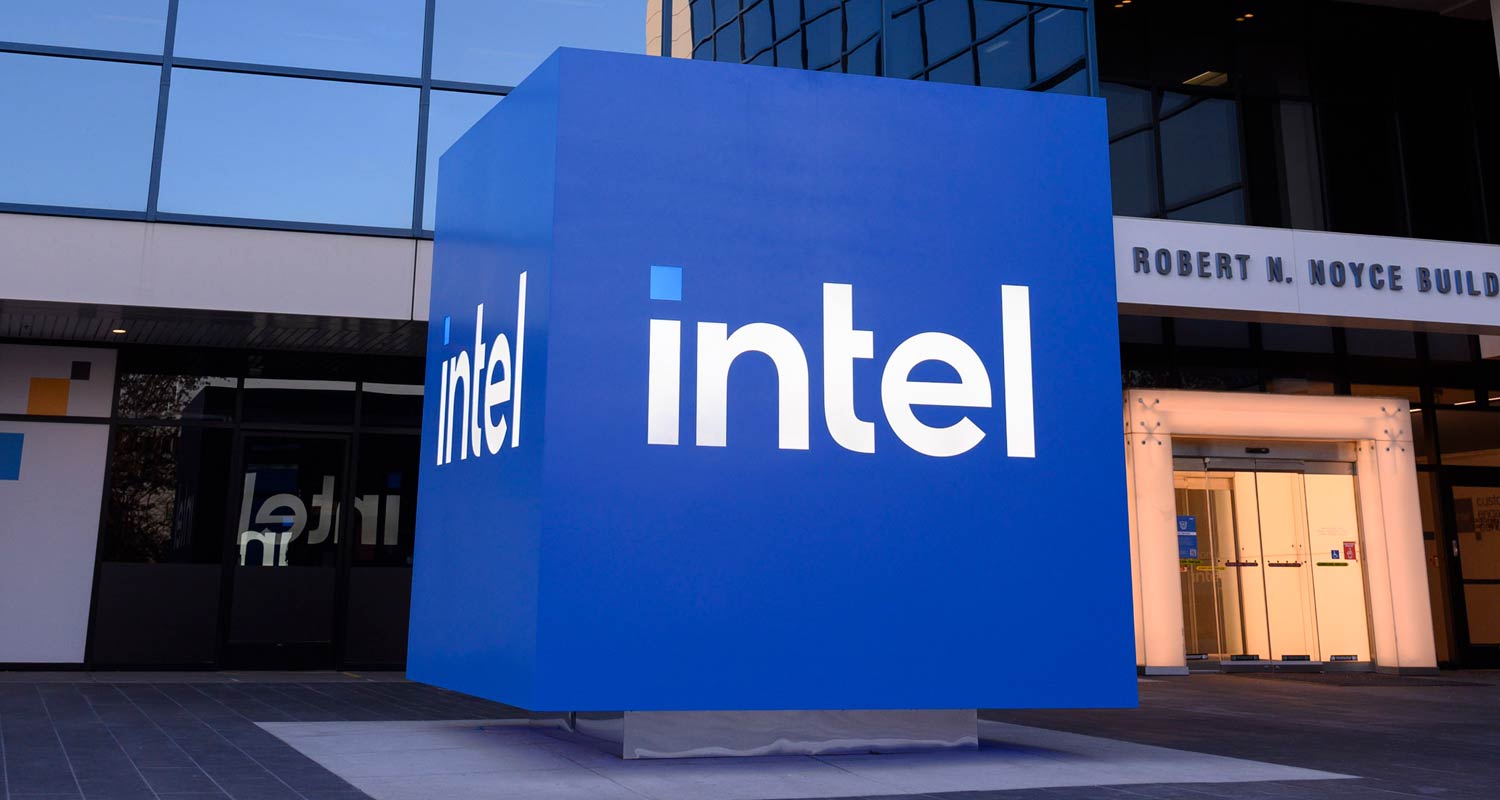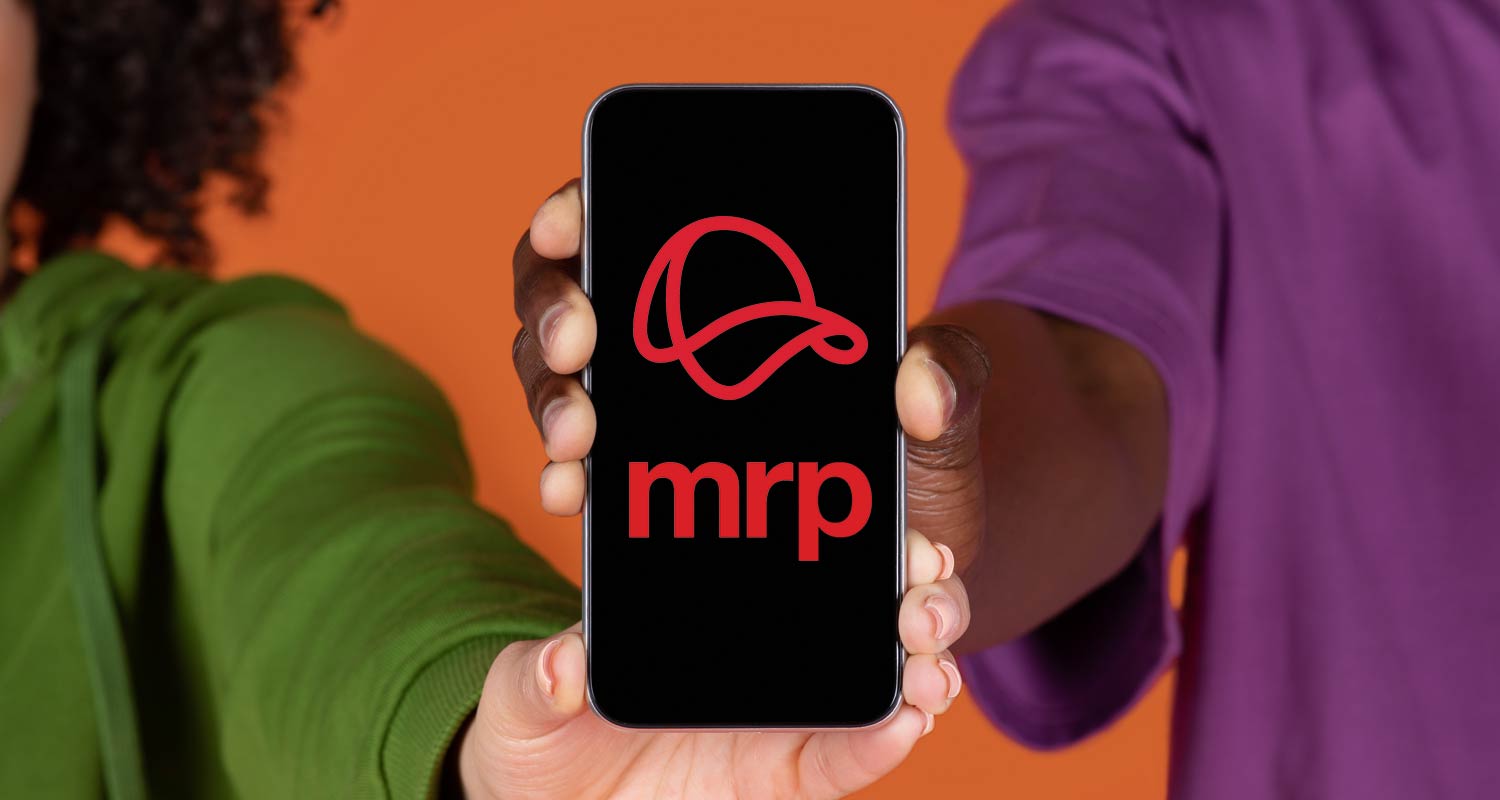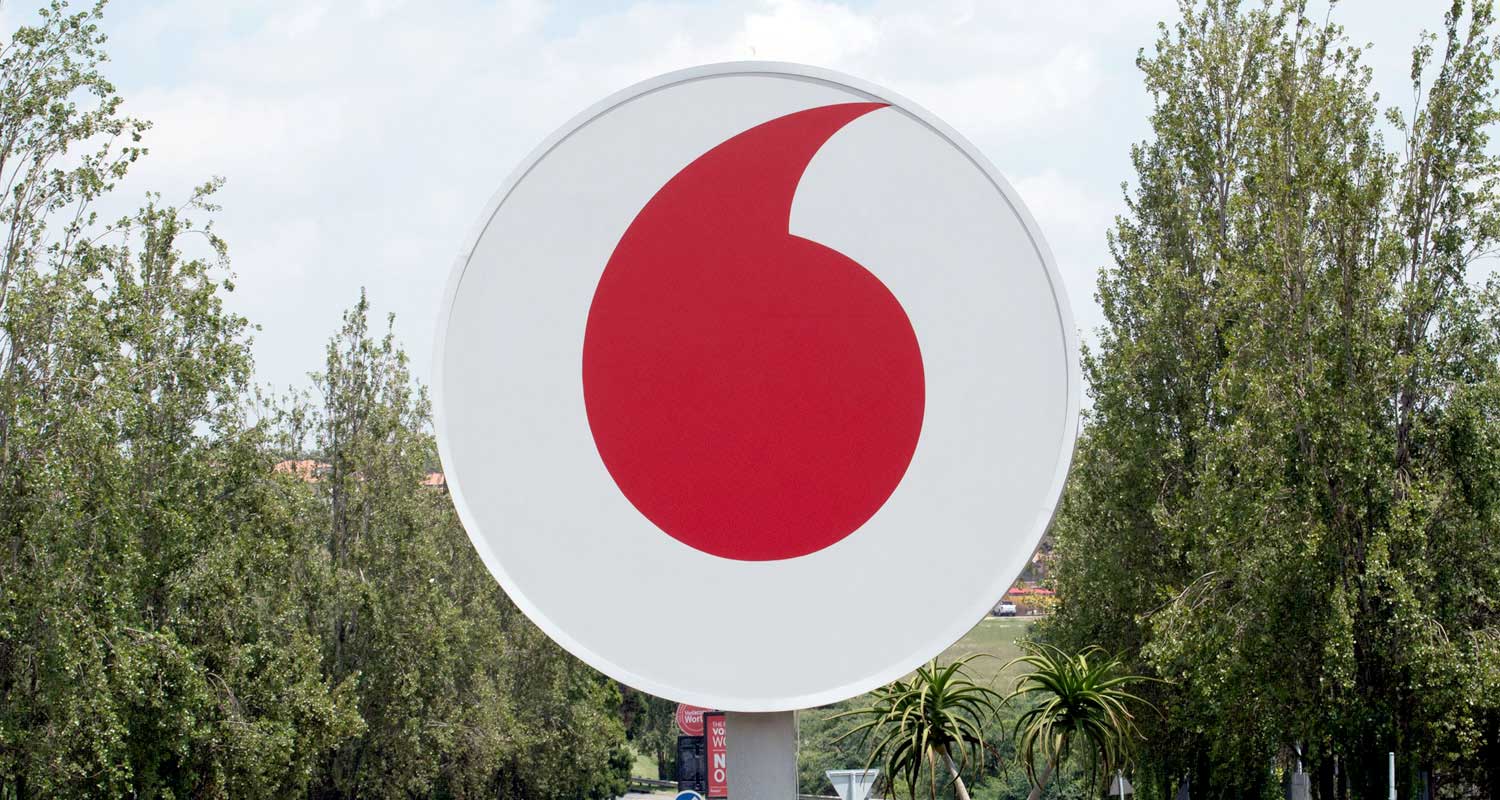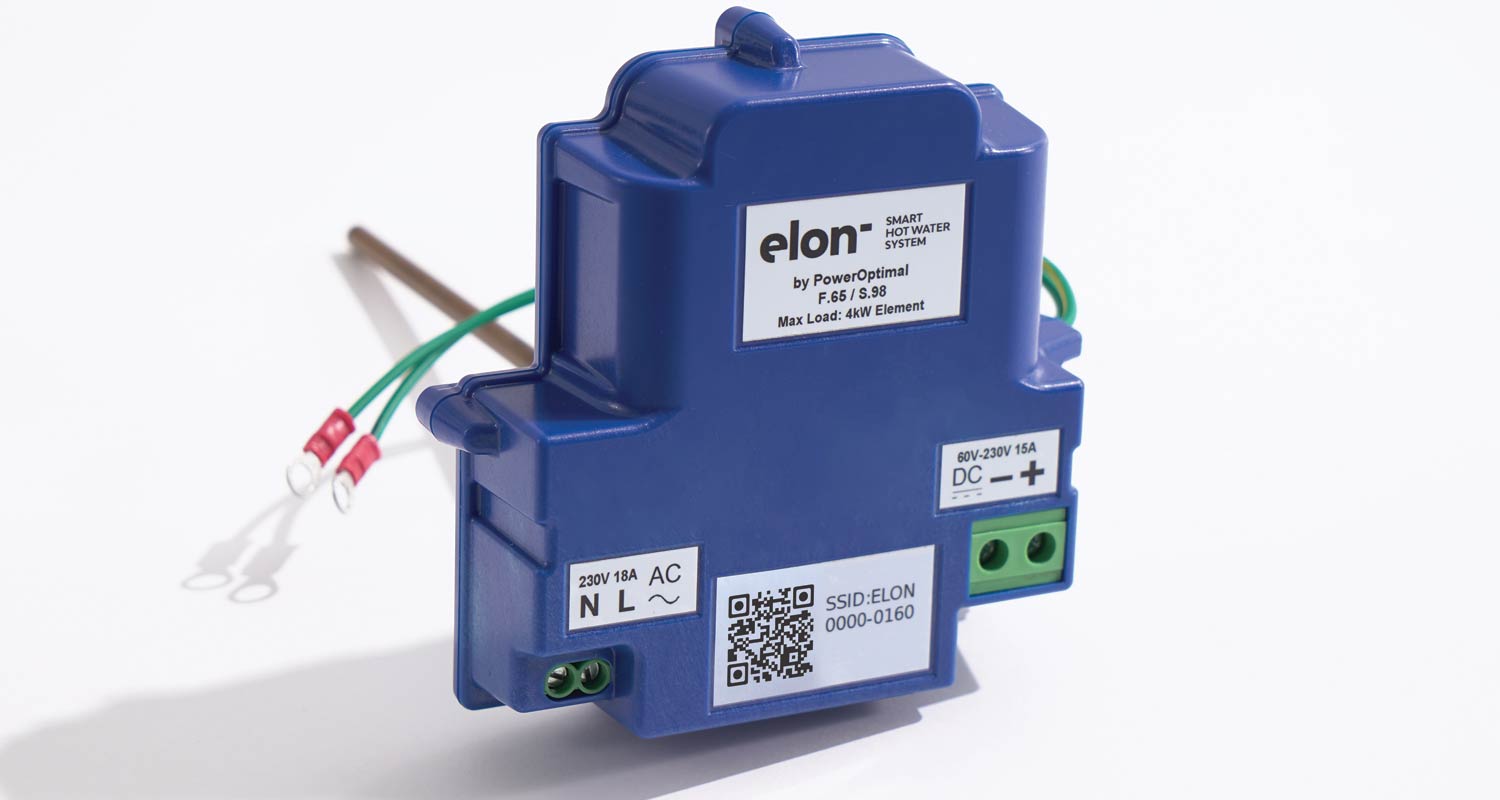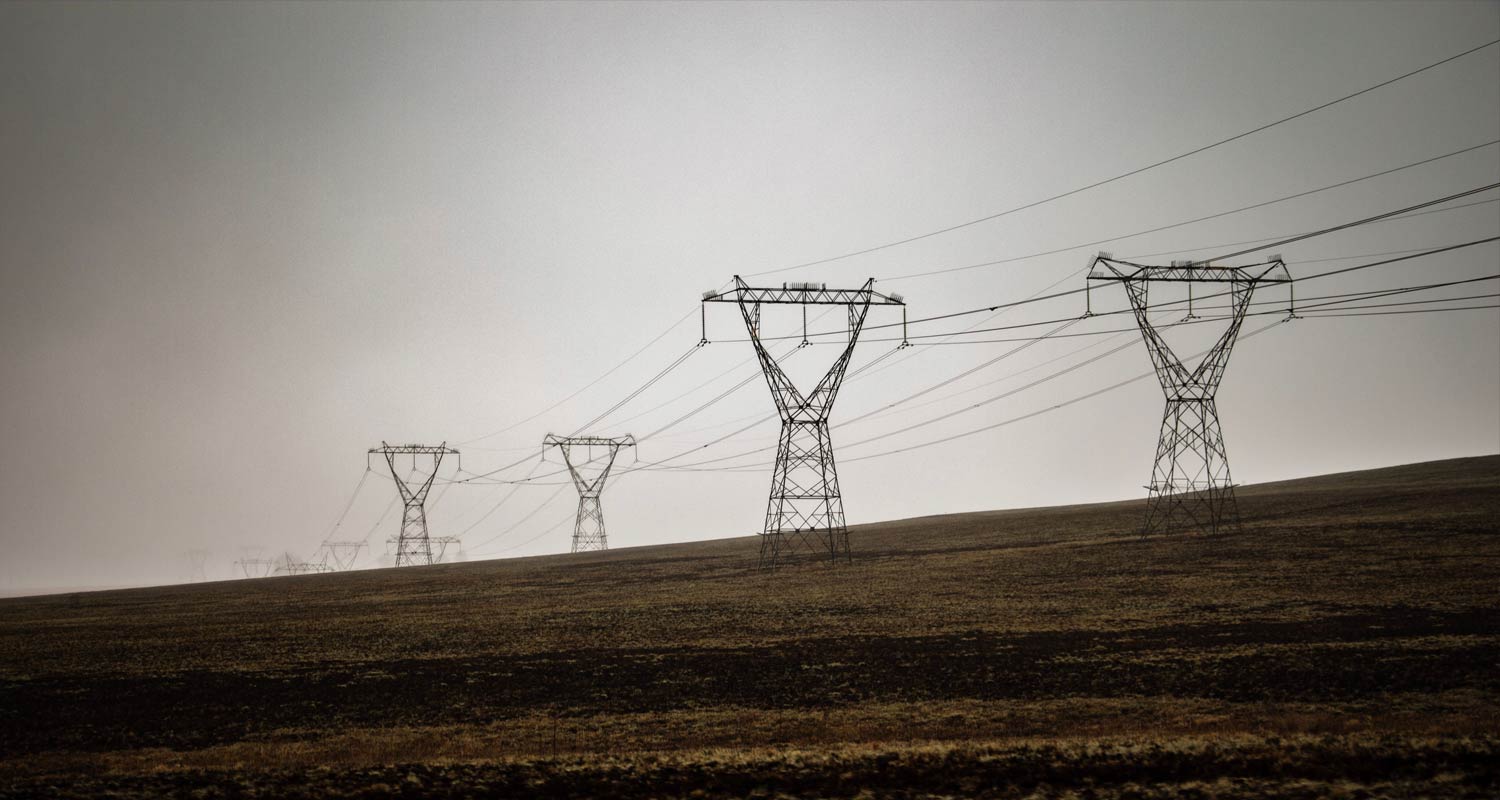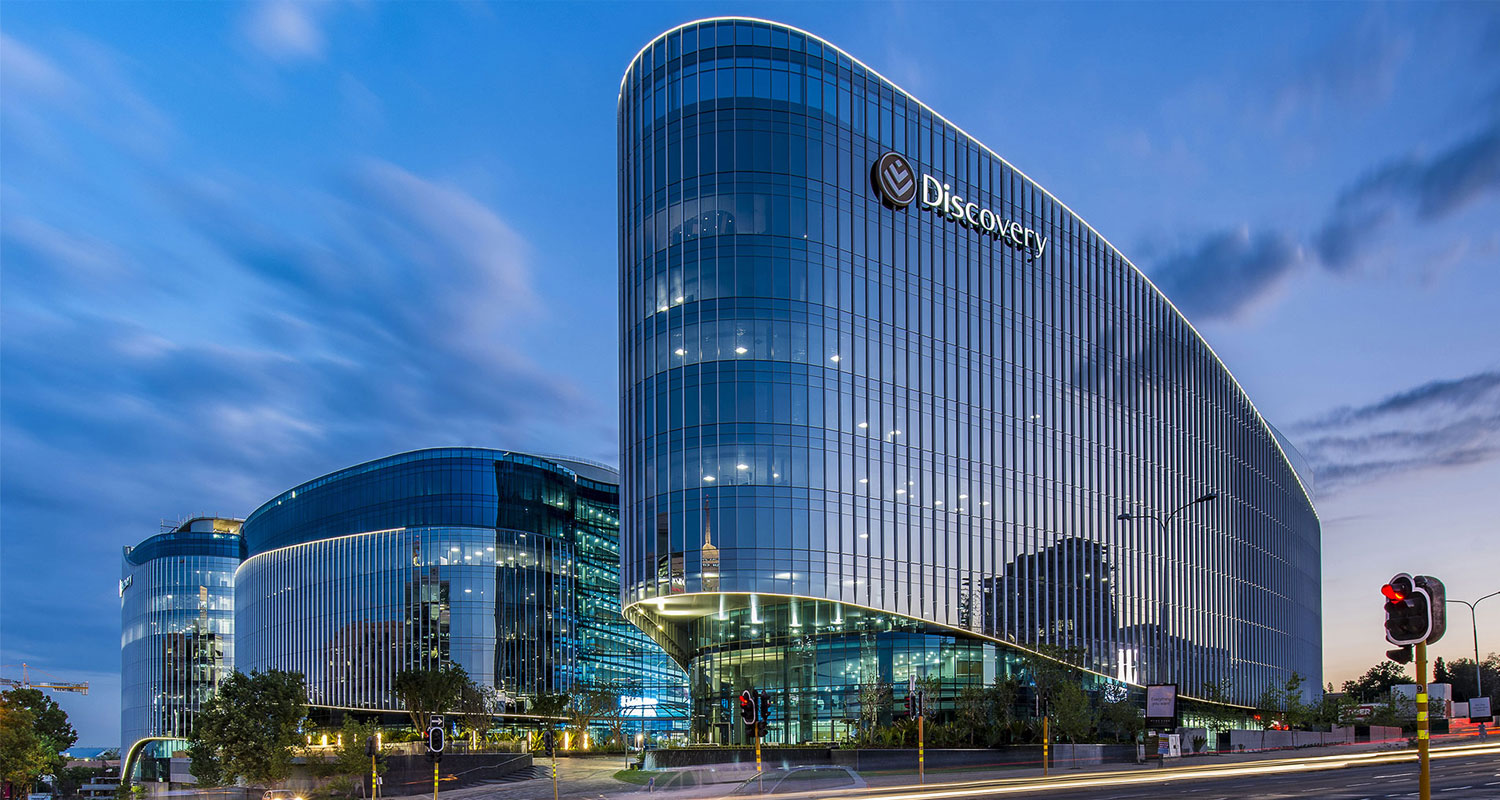Antitrust enforcers have sought to illustrate how the Alphabet unit's complex ad ecosystem works and the ways in which the company allegedly manipulated the features of its products and the rules of its auctions to its own benefit. Over the last two weeks at the trial, they accused Google of abusing its market power in three areas: sell-side tools used by websites, called ad servers; advertising exchanges; and buy-side tools used by advertisers known as ad networks.
Website publishers use an ad server to manage space available for sale. The ad server acts as the brain for the website, keeping track of the minimum bids a publisher is willing to accept, what has been sold and for how much. The justice department estimates that Google's ad server controls 87% of the US market and 91% of the market globally.
Ad exchanges control the auctions that match website publishers with advertisers. Google operates the largest exchange, known as AdX, later rebranded as Google Ad Manager. The justice department estimates that Google's ad exchange controls 47% of the US market and 56% globally. Other popular ad exchanges include Pubmatic, Index Exchange and Magnite.
Sophisticated advertisers use software known as a demand-side platform to manage their ads and help determine which ad exchanges to bid on and for how much. Google operates a demand-side platform that can bid on an ad exchange.
Advertisers also use ad networks, which take over most of the decision-making processes like where to place ads and what to bid and are most often used by smaller companies. The justice department alleges that Google's network, Google Ads, controls 88% of the US market and 87% globally.


